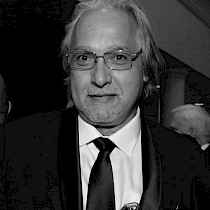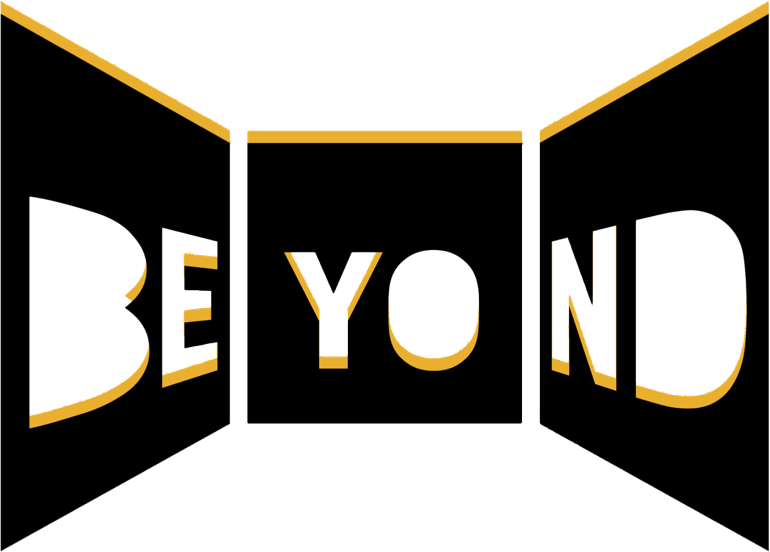Mark Chavez

Mark Chavez (USA) Mark is an animation industry veteran who has worked at major animation studios on more than 15 award-winning feature films and innovative interactive titles. As founding faculty at Nanyang Technological University Singapore’s School of Art, Design & Media, he chaired the SIGGRAPH Asia 2013 Hong Kong conference’s Art Gallery and the SIGGRAPH Asia 2008 Singapore Educators Program. In 2008 he set up an animation research think tank funded by the National Research Foundation / Media Development Authority of Singapore in the School of Art, Design & Media at Nanyang Technological University.His recent work was screened at the Ars Electronica Festival Deep Space 8k Theater where he has participated annually since 2015 through 2019. Additionally, he has presented materials at the Media Architecture Biennial 2018 Beijing, Art|Sci Gallery UCLA 2018. He presented materials at the Web 3D Art Gallery Brisbane 2017, Visualization Matters UNSW Sydney, Asia Animation Forum PISAF Korea 2017, and New Media Festival 2017. In 2018 and 2017 he was awarded the prestigious Lumiere Awards by Advanced Imaging Society (AIS) and Virtual Reality (VR) Society’s Hollywood and EMEA chapters (Europe, Middle East, and Africa).www.giantmonster.co
Synopsis
Quantum Logos (vision serpent), Developing alternative artistic styles to communicate science
The scientific fundamentals of quantum physics, established in the early 20th century, explains how energy and matter behave at the tiny, sub-atomic scale. Objects can be in different states simultaneously (superposition) and connect without physical interaction (entanglement). Quantum physics and resultant engineering applications in healthcare, aerospace, banking, self-driving cars have transformed the world. Its core use of mathematics as a language that elegantly expresses "quantum reality" guides engineering applications and further scientific discourse.
How can we visually represent and communicate the fragile, and counterintuitive design of the quantum universe to the layperson? Artists and designers utilize visual metaphors that explore, discover, and examine contradictions in human communication and existence.
The artistic duo, Mark Chavez and Ina Conradi teamed up with science communicators Bianka Hofman and Robert Kastner with physicist Rupert Ursin to explore new pathways to mediate science and technology through art and story-centered fiction.
Quantum Logos (vision serpent) is the resulting artwork - an immersive, reactive audiovisual experience and short animated film that explores the fundamentals of quantum theory expressed through aesthetic design archetypes. Using this approach, Mark and Ina attempt to reframe difficult contemporary scientific concepts with familiar, intuitive design themes. They explore a new framework where the uninitiated can grasp challenging ideas to gain a fuller understanding of the nature of reality. With this cognitive make-over, the film-makers desire to broaden the scope of the work's initial focus, quantum theory, as seen through aesthetic design archetypes and introduce the broader nature that encompasses the designs themselves. In particular the ideas inherent to the understandings obtained by adherents to the Mesoamerican Vision Serpent. The film-makers assert that this understanding can bring the viewer closer to nature.
The work premiered for the 40th Anniversary Celebration of the Ars Electronica Festival at the Deep Space 8K theatre. The project is mentioned on the Austrian Academy of Sciences website Institute for Quantum Optics and Quantum Information Vienna (IQOQI) and the CERN Social Media Network Origin-Physics. The film is a finalist for Best Visual Effects at the Raw Science Film Festival 2020 in Los Angeles
All Speakers
- Refik Anadol
- Thorsten Bauer
- Prof. Stefanie Betz
- Prof. Ina Conradi Chavez
- Mark Chavez
- Florian Dohmann
- Dan Haab
- Dr. Lily Hibberd
- Prof. Jeroen van den Hoven
- Professor J. Stephen Lansing
- Mathew Lawrence
- Prof. Jason Edward Lewis
- Roman Lipski
- Dr. Sebastian Meier
- Prof. Galina Mihaleva
- Dave Murray-Rust
- Prof. Dr. Dr.-Ing. Jivka Ovtcharova
- Gülsel Özkan
- Dr. phil. Dipl.-Ing. Oliver Parodi
- Ludger Pfanz
- Thea Riofrancos
- Dr. Matthias Röder
- Seda Röder
- Prof. David Rolnick
- Prof. Rasa Smite
- Dr. Christoph Schneider
- Dr. Markus Schmidt
- Kathleen Schröter
- Prof. Vibeke Sorensen
- Holger Volland
- Prof. Victoria Vesna
- Prof. Charles Wang
- Yulu Wang
- Daniel Walther
- Prof. Dr. Steffen P. Walz
- Pawel Wargan
- Elizabeth Wathuti
- Prof. Dr. Marion Weissenberger-Eibl
- Wang Zhigang PH.D
Contact
Interesse? Fragen?
Schreiben Sie uns:
info@beyond-festival.com




